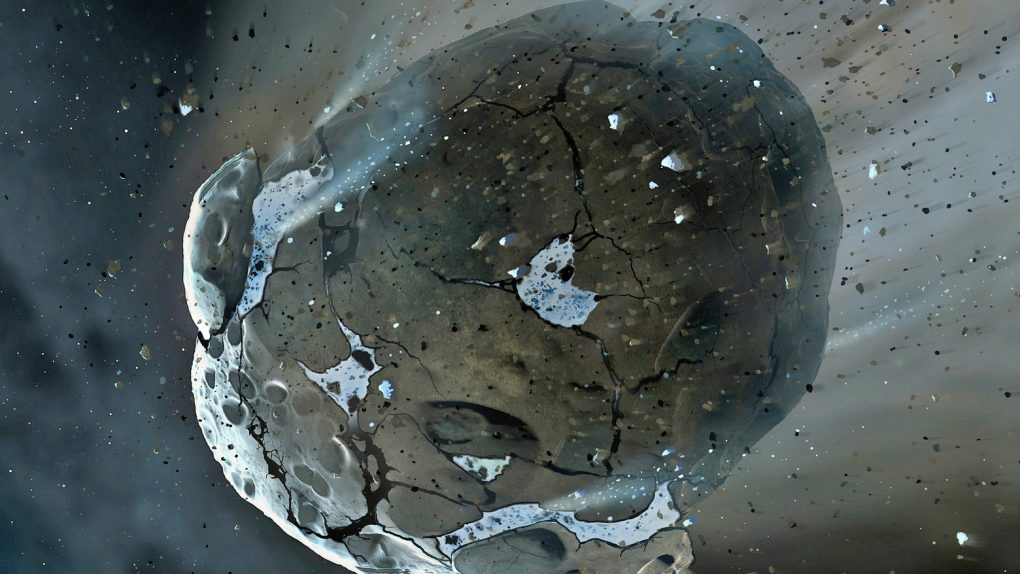- A small asteroid made an extremely close pass of Earth recently and wasn’t detected until after it had already passed.
- The asteroid known as 2020 VT4 flew by Earth at a distance of just 240 miles.
- It was closer to Earth during its flyby than many manmade satellites and even the International Space Station.
Our solar system is packed with rocks. We’re living on one of them right now, in fact, but most of the rocks in our little stellar neighborhood are much smaller. The asteroid now known as 2020 VT4 is one of those rocks, and it just made a surprise appearance very close to Earth.
The asteroid is rather small, measuring somewhere between 5 and 10 meters in diameter, but its shockingly close pass of our planet was enough to give astronomers pause. The space rock passed just 240 miles from Earth’s surface. Yes, you read that correctly. The rock was so close to our planet that it passed not just well within the orbit of the Moon but actually came within the orbit of some manmade satellites.
Today’s Best Deal

The asteroid swooped by our planet at such a narrow distance that even the International Space Station was farther away than the rock at its closest approach. The space rock made its pass on November 13th, and while it could have endangered satellites orbiting our planet, it doesn’t appear to have done any harm and passed by safely.
2020 VT4 set a new record for close passes by asteroids, coming close than any space rock that didn’t actually enter Earth’s atmosphere and become a meteor. As you might expect, the rock’s close pass of Earth actually affected it in a pretty dramatic way. Based on observations of the rock after it passed by Earth, our planet’s gravity shifted the space rock’s trajectory and decreased its Sun-centered orbital period from roughly 1.5 Earth years to 0.86 years.
ATLAS discovers asteroid 2020 VT4, a 5-10 meter asteroid that passed within 240 miles of the Earth's surfacehttps://t.co/QaDGnYKITPhttps://t.co/0c0XUJAiDF
— ATLAS Project (@fallingstarIfA) November 16, 2020
This is often a concern with asteroids that perform near-misses of Earth. Dodging a collision is great, but if the asteroid passes close enough to Earth without hitting it, it can make its future passes much more unpredictable, forcing scientists to recalculate their path to project whether or not the rock will be a danger in the future.
What’s somewhat frightening about 2020 VT4 is that it wasn’t detected until it was already passing by Earth. Because of how close it came, a collision with a satellite or (much worse) the International Space Station would have been catastrophic. The small size of the asteroid, and others like it, makes it difficult to spot them well in advance, so in this case, it appears we had luck on our side.
As observational technology becomes more and more advanced, astronomers are able to spot smaller and smaller space rocks and predict their trajectories with greater accuracy. In the future, space rocks like 2020 VT4 may be able to be spotted well in advance of a surprise flyby.








